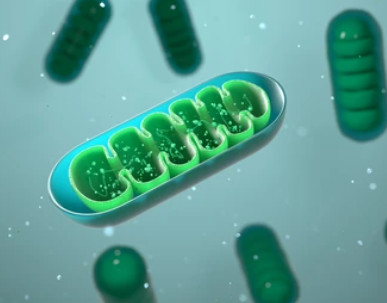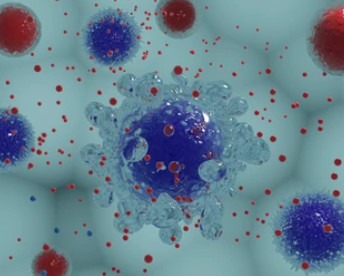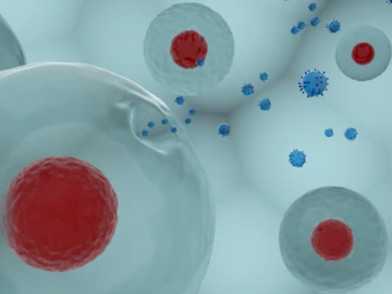Exosomes in Lipidomics: Understanding the Role of Cell Membrane Lipids in Signal Transduction
Online InquiryExosomes, minuscule lipid bilayer-enclosed vesicles, serve as conduits for intercellular communication, defying the conventional boundaries of genetic transmission. Their composition encompasses a diverse array of biomolecules, including proteins, nucleic acids, and notably, lipids. These lipids, a crucial constituent of exosomes, wield remarkable influence over the biological messages transmitted between cells.
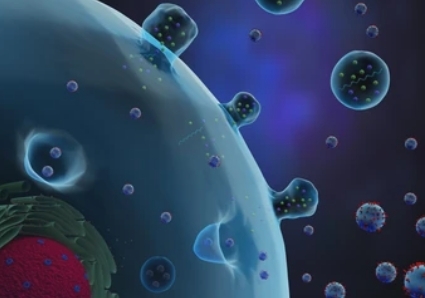
The Lipidomic Landscape of Exosomes
The intricate world of exosomes is intricately interwoven with lipids, forming a captivating lipidomic landscape that plays a pivotal role in shaping their biogenesis, stability, cargo sorting, and intercellular signaling.
Sphingolipids: Master Conductors of Exosomal Biogenesis and Release
Sphingolipids, a class of lipids characterized by a sphingosine backbone, emerge as master conductors in the orchestration of exosomal biogenesis and release. Ceramide, a central sphingolipid, holds a dual role: modulating the formation of multivesicular bodies (MVBs) – the precursors of exosomes – and influencing the budding process. Through detailed lipidomic analysis, Creative Proteomics has uncovered how ceramide-rich microdomains on the plasma membrane initiate the inward budding of MVBs, giving birth to exosomes that encapsulate a distinctive lipid repertoire.
Phospholipids: Architects of Membrane Dynamics and Stability
Phospholipids, the building blocks of cell membranes, serve as architects of membrane dynamics and stability in exosomes. The exquisite balance between phosphatidylcholine (PC), phosphatidylethanolamine (PE), and phosphatidylserine (PS) profoundly impacts exosomal membrane curvature and integrity. Creative Proteomics' investigations have delineated the integral role of these phospholipids in regulating exosome formation and fusion, ensuring their structural resilience during transit between cells.
Cholesterol: A Lipidic Chaperone of Exosomal Signaling
Cholesterol, often cast as a villain in cardiovascular health, assumes a nuanced role as a lipidic chaperone in exosomal signaling. Creative Proteomics' pioneering studies have illuminated how cholesterol content within exosomes modulates their interaction with target cells. Notably, cholesterol-rich exosomes are more proficient in merging with cell membranes, enabling efficient cargo delivery and triggering downstream signaling cascades that influence recipient cell behavior.
Glycerolipids: Navigators of Cargo Sorting and Targeting
Glycerolipids, encompassing triglycerides and diglycerides, emerge as navigators within the intricate labyrinth of cargo sorting and targeting in exosomes. Creative Proteomics' endeavors have elucidated how the composition of glycerolipids within exosomes dictates their cargo repertoire, impacting the specificity of intercellular messages. Glycerolipid-driven cargo sorting ensures that exosomes ferry an array of bioactive molecules, ranging from microRNAs to proteins, with precision to their intended cellular destinations.
The dynamic interplay of sphingolipids, phospholipids, cholesterol, glycerolipids, and lipid rafts shapes not only normal cellular communication but also contributes to pathological conditions. These lipid-driven mechanisms underpin diverse processes, from immune modulation to cancer metastasis, exemplifying the far-reaching impact of exosomal lipidomics.
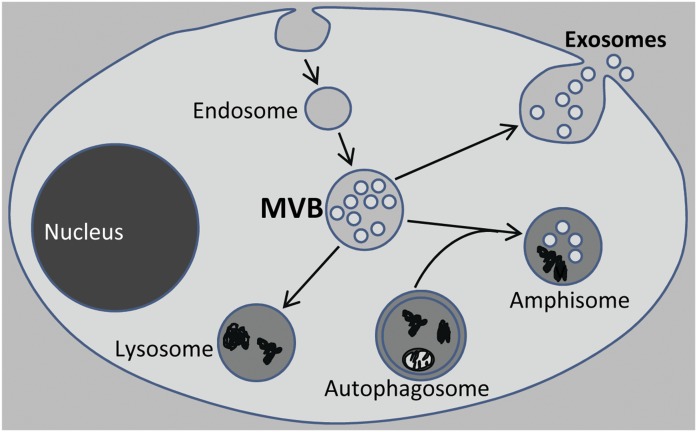 Exosome release (Skotland T, et al,. 2019)
Exosome release (Skotland T, et al,. 2019)
Cell Membrane Lipids
Exosomal lipids, sourced from the parent cell's plasma membrane.The exquisite composition of lipids within exosomes governs their selectivity in cargo packaging and fusion with target cells. Currently, the profound influence of lipids on exosomal cargo sorting has been unveiled, underscoring their pivotal role in tailoring intercellular messages.
Lipids as Messengers: Unveiling Signaling Pathways
Creative Proteomics' cutting-edge lipidomic analysis has illuminated the role of lipids as messengers in exosomal signaling pathways. Sphingolipids, enriched in exosomal membranes, have been implicated in diverse cellular processes, ranging from immune modulation to cancer progression. By deciphering the nuanced language of lipid-mediated signaling, Creative Proteomics has deepened our comprehension of how exosomes contribute to cellular homeostasis and disease pathogenesis.
Clinical Implications: Exosomes as Diagnostic Beacons
Exosome cargo
Exosomes carry a wealth of biomolecules, including proteins, nucleic acids and lipids derived from their parental cells. This complex assortment of molecules reflects cellular status and health, making exosomes a treasure trove of potential biomarkers. Creative Proteomics' meticulous research has revealed a wide variety of exosome cargoes, each component with the potential to serve as a unique biomarker for specific diseases.
Non-Invasive Sampling
The remarkable attribute of exosomes as diagnostic beacons is their non-invasive sampling. Unlike traditional diagnostic methods that typically require invasive manipulation, exosome recovery can be accomplished with readily available biofluids such as blood, urine, saliva, and cerebrospinal fluid, ushering in a new era of patient-friendly diagnostics that minimizes discomfort and maximizes convenience.
Early Disease Detection
The molecular characterization of exosomal cargoes, with its ability to reveal subclinical alterations, enables healthcare practitioners to intervene at the earliest stages of disease progression. This proactive approach promises to improve treatment outcomes and reduce the burden of advanced disease.
Dynamic Disease Monitoring
Exosomes act as dynamic messengers, constantly transmitting molecular information between cells. Monitoring changes in exosome cargo over time can provide real-time insight into disease progression, treatment efficacy and patient response. This dynamic disease monitoring facilitated by exosomal biomarkers allows clinicians to customize treatments and interventions with unprecedented precision.
Personalized Therapy
The combination of exosome diagnostics and personalized medicine has the potential to transform treatment strategies. Exosomal biomarkers can guide therapy selection and optimize treatment plans for individual patients. This personalized approach not only improves treatment outcomes but also minimizes adverse effects, heralding a paradigm shift in healthcare delivery.
Reference
- Skotland T, Hessvik NP, Sandvig K, Llorente A. Exosomal lipid composition and the role of ether lipids and phosphoinositides in exosome biology. J Lipid Res. 2019;60(1):9-18.
Related Services
* For Research Use Only. Not for use in diagnostic procedures.



